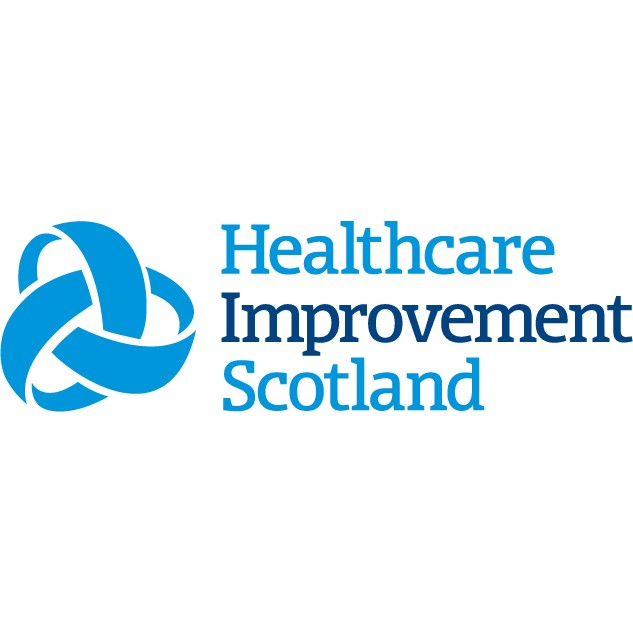| Concept / Name | What / How to measure |
| Number of people over 65 identified as living with frailty | Number of people over 65 identified as living with frailty using a reliable tool. Local teams can agree which tool, such as Think Frailty! or the Clinical Frailty Scale, is most appropriate for them. |
| People living with frailty, carers and family members report positive experiences of health and social care services | Qualitative data from local systems and processes which seek feedback on the care experience of people living with frailty, their family, and carers.
You may wish to use the Single Quality Question: “Overall how helpful or unhelpful has the support [from/for…] been to you - helpful, neither helpful nor unhelpful or helpful? Please tell us a bit more about the option you chose: if the support [from/for…] made a difference to you please tell us a bit more. If the support [from/for…] did not make a difference, please tell us a bit more.” |
| Health and social care teams report improved integrated working | Qualitative data from local systems and processes about staff member’s views on integrated working shared routinely as part of existing management pathways. Locally defined definitions based on current context and capacity. |
Measurement ideas

These suggested measures for this toolkit are for teams to use in their local context and area of focus for frailty improvement. You may identify other concepts and changes that require measurement to further understand your progress towards improved care. Our team’s contact details are available in the introduction should you wish to discuss measurement for improvement.
| Concept / Name | What / How to measure |
| Percentage of people screened for frailty at the front door of the hospital or GP practice | Percentage of people aged 65 or older screened for frailty at front door of the hospital or GP practice. Teams will define their own front door and can define their own age criteria. Numerator: number of people screened for frailty at front door or GP practice. Denominator: total number of people aged 65 or older, arriving at front door or attending GP appointments. Percentage Calculation: (numerator/denominator) x 100 |
| Percentage of people over 65 identified as at risk of living with frailty using a population screening tool | Percentage of people aged 65 or older identified as at risk of living with frailty using a population screening tool
Numerator: Number of people aged 65 or older identified as at risk of living with frailty using a population screening tool such as the eFrailty Index (eFI). Denominator: total number of people aged 65 or older screened for frailty using a population screening tool such as eFI Percentage Calculation: (numerator/denominator) x 100 |
| Time to initiation of Comprehensive Geriatric Assessment (CGA) | Number of people who meet criteria for CGA with evidence of timely initiation of assessment after frailty identification. Locally defined aim for time to assessment, for example in acute care e.g. 24hrs from identification.
Clock starts: frailty identified using validated tool |
| Number of people living with frailty with a person centred care plan in place | Number of people identified as living with frailty who have a person centred care plan in place.
Local teams can define their own essential criteria for person centred care planning which should include a conversation with the person and Anticipatory Care Planning as appropriate. |
| Concept / Name | What / How to measure |
| Readmissions to acute hospital within 7 days of discharge | Percentage of people discharged from older people’s medicine who experience an unscheduled readmission as an inpatient to an acute hospital within seven days of discharge.
Numerator: Number of people readmitted to hospital within 7 days of discharge from older people’s medicine per calendar month Denominator: Number of people discharged from older people’s medicine per calendar month |